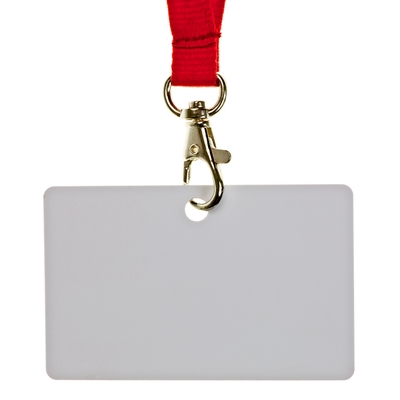MULTIPLE CHOICE
We’ll admit it (if you will): We’re addicted to those ten or so-question quizzes that pop up, every month, in some magazine or on Facebook or on our smartphone apps.
And yes, we do take them, score ourselves, then, after seeing the results, wonder why we got suckered into it.
 Yet thinking about the behavior behind those quizzes gives us pause: Obviously, the content has to be compelling enough for us to spend 10 to 15 minutes filling it out and then seeing where we fall on the spectrum of personality or health or change.
Yet thinking about the behavior behind those quizzes gives us pause: Obviously, the content has to be compelling enough for us to spend 10 to 15 minutes filling it out and then seeing where we fall on the spectrum of personality or health or change.
There’s also something about the seduction of knowing – in other words, being able to characterize or “type” ourselves with a bit of certainty. Finding out that we’re extraordinarily charismatic or more apt to accept change or healthier than the average test-taker feels like we’re a step up on the rest of the population. No matter if it’s true or not.
Sharing and applying that new self-knowledge works for businesses, too. How often do we survey our customers – and our employees as well – when new products and new programs are in the offing, to test the marketplace or assess the internal environment? At the same time, how frequently do we communicate the results of those multiple-choice exercises, and what they might mean to the success of the venture?
No matter if it’s a major or minor change – from, say, revolutionary self-cleaning tissues to the use of a different process in filing expense reports – the test/quiz results, when explained and communicated, shed a light on individual and collective behaviors, present and future. After all, when we finish the media quizzes, the answers are at the bottom. In real life and work, who wouldn’t want that kind of information?
 Tuesday, July 31, 2012 at 12:01PM | in
Tuesday, July 31, 2012 at 12:01PM | in  research
research 





